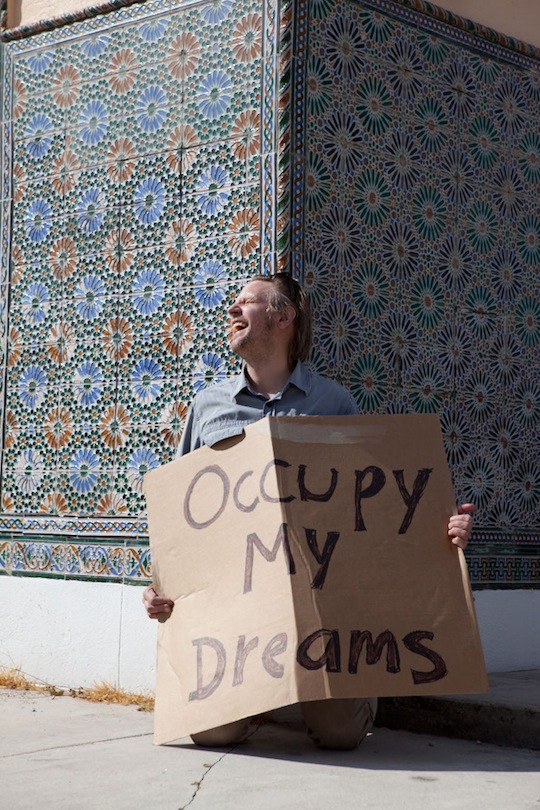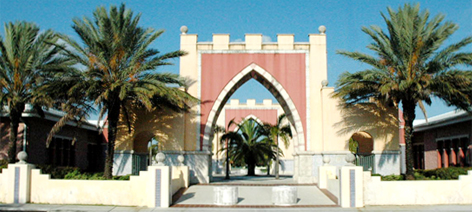
No mirage, those minarets of Opa-Locka
The city of Opa-Locka is said to have the largest concentration of Moorish architecture in the United States. That in itself starts to tell the strange, fascinating tale of this landlocked area of Miami-Dade County, which many people know about but have never seen.
Founded in 1926 by flight pioneer Glenn Curtiss (hence the location of the famous airport), he for some reason wanted to base his city on the One Thousand and One Arabian Nights tale. So dozens of pinkish buildings, with minarets and domes, sprouted up, alongside streets named Ali Baba. While today it is still a fave setting for movie filming, the city has more of a reputation for crime and poverty, a place most Miamians likely drive around. But much of the quirky remains. Local artist Magnus Sigurdason used the backdrop — along with its desperate social and economic problems — to create his multi-media art piece, “1001 Dreams of Occupation,” which stemmed from both the Occupy Wall Street and Arab Spring movements. It showed at the Emerson Dorsch gallery in Wynwood last year.
Historical building in Opa-Locka
Today, History Miami opens “Opa-Locka: Mirage City,” which tells the real tale of the ethnically diverse Northwest Miami-Dade enclave, from its eccentric beginnings, its Hollywood fantasies, tourist kitsch and architectural heritage. The story is told in drawings, models and film culled from various collections around town, including the Lynn and Louis Wolfson II Florida Moving Image Archives. It’s curated by Jose R. Vazquez, associate professor of architecture at Miami Dade College.
Recent Content
-
Artsarticle ·
-
Artsarticle ·
-
Artsarticle ·


